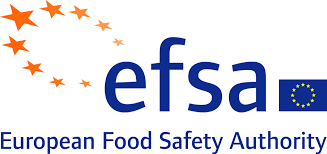Document type: Article published in the EFSA Journal
Authors: FSA Panel on Animal Health and Welfare (AHAW), Søren Saxmose Nielsen, Julio Alvarez, Dominique Joseph Bicout, Paolo Calistri, Klaus Depner, Julian Ashley Drewe, Bruno Garin-Bastuji, Jose Luis Gonzales Rojas, Christian Gortazar Schmidt, Virginie Michel, Miguel Angel Miranda Chueca, Helen Clare Roberts, Liisa Helena Sihvonen, Hans Spoolder, Karl Stahl, Arvo Viltrop, Christoph Winckler, Denise Candiani, Chiara Fabris, Yves Van der Stede and Antonio Velarde
The killing of pigs for human consumption (slaughtering) can take place in a slaughterhouse or on farm. The processes of slaughtering that were assessed for welfare, from the arrival of pigs until their death, were grouped into three main phases: pre-stunning (including arrival, unloading from the truck, lairage, handling and moving of pigs); stunning (including restraint); and bleeding. Stunning methods were grouped into three categories: electrical, controlled atmosphere and mechanical. Twelve welfare consequences the pigs can be exposed to during slaughter were identified: heat stress, cold stress, fatigue, prolonged thirst, prolonged hunger, impeded movement, restriction of movements, resting problem, negative social behaviour, pain, fear and respiratory distress. Welfare consequences and relevant animal-based measures were described. In total, 30 welfare hazards that could occur during slaughter were identified and characterised, most of them related to stunning and bleeding. Staff were identified as the origin of 29 hazards, which were attributed to the lack of appropriate skill sets needed to perform tasks or to fatigue. Corrective and preventive measures for these hazards were assessed: measures to correct hazards were identified, and management was shown to have a crucial role in prevention. Outcome tables linking hazards, welfare consequences, animal-based measures, origins and preventive and corrective measures were developed for each process. Mitigation measures to minimise welfare consequences are proposed.





